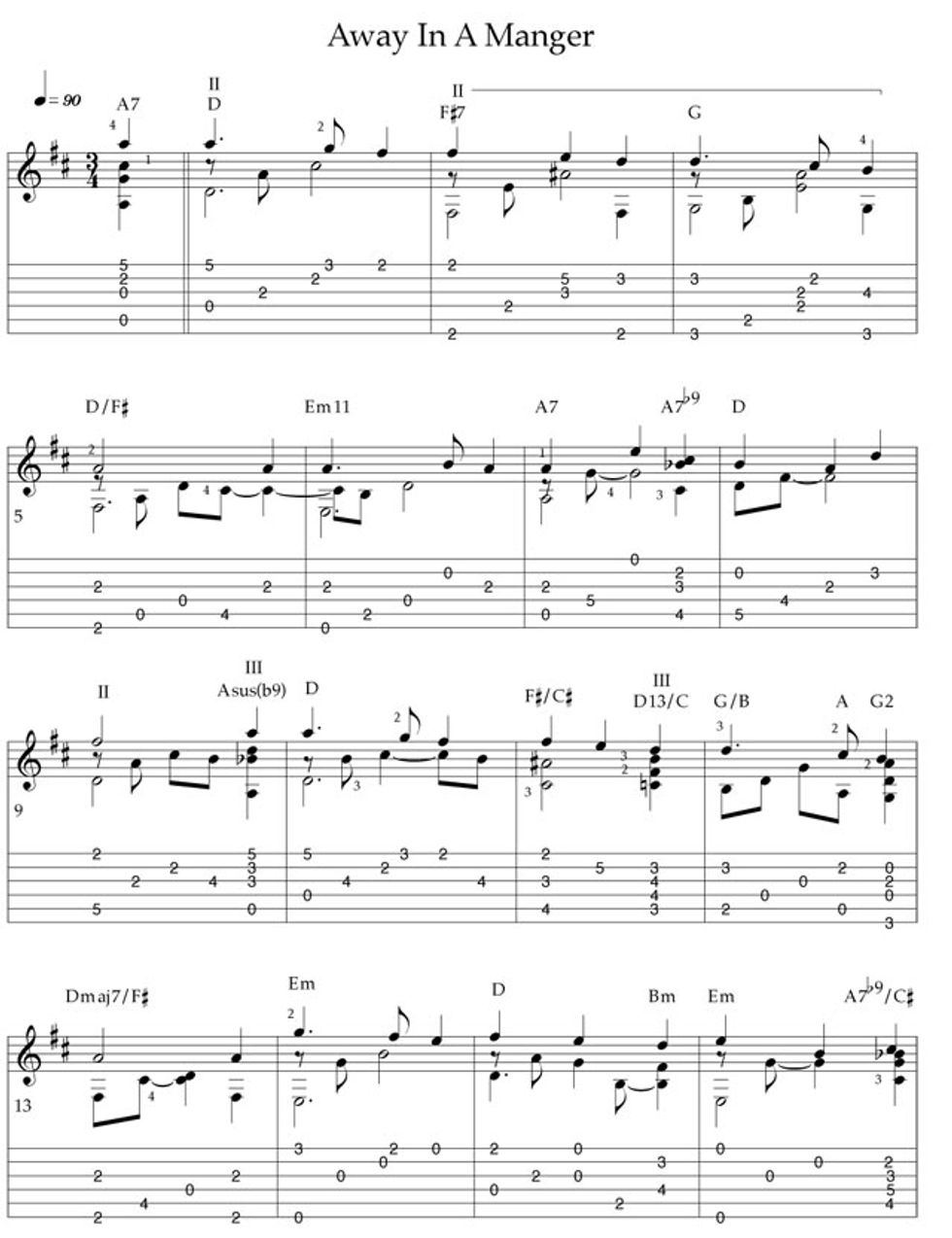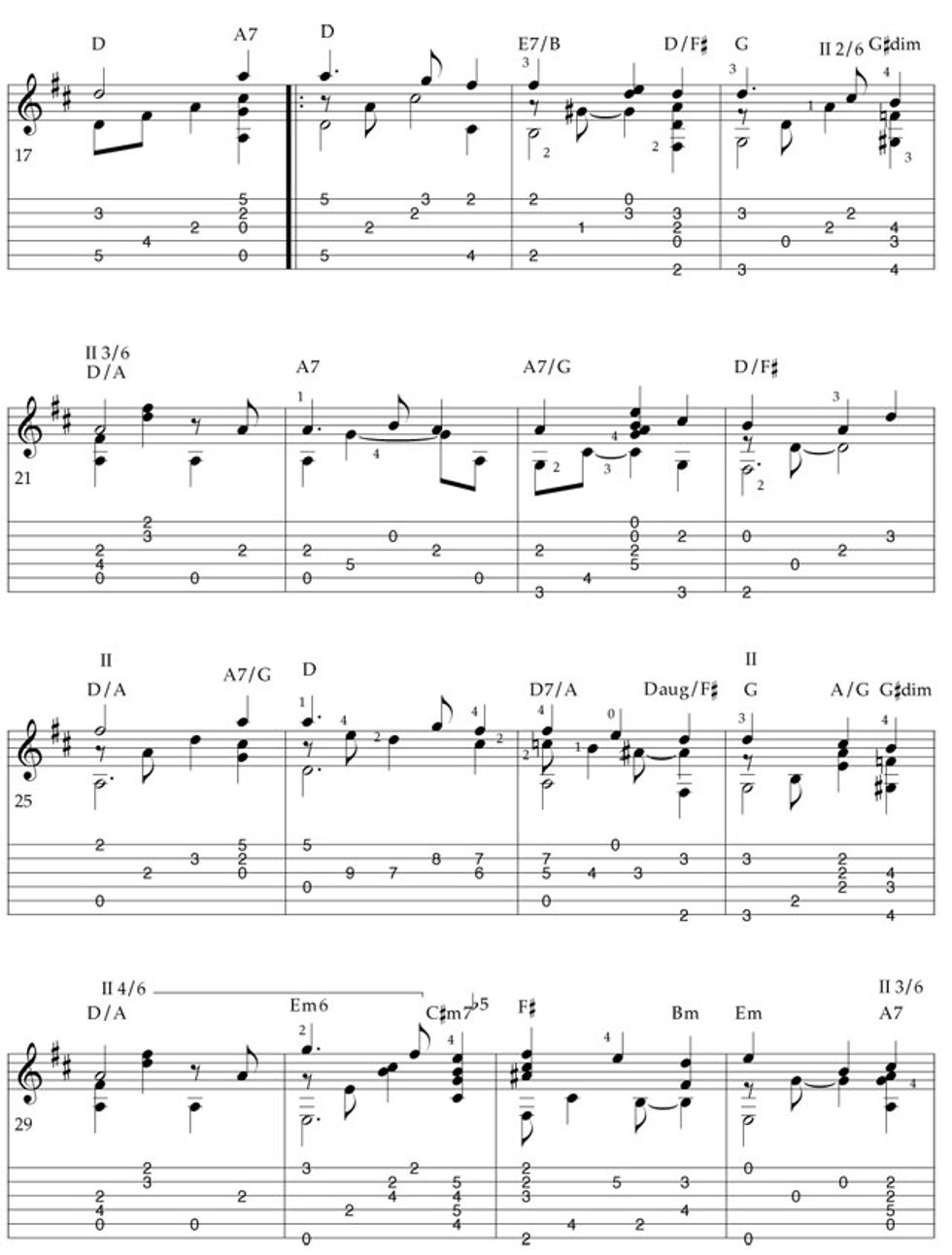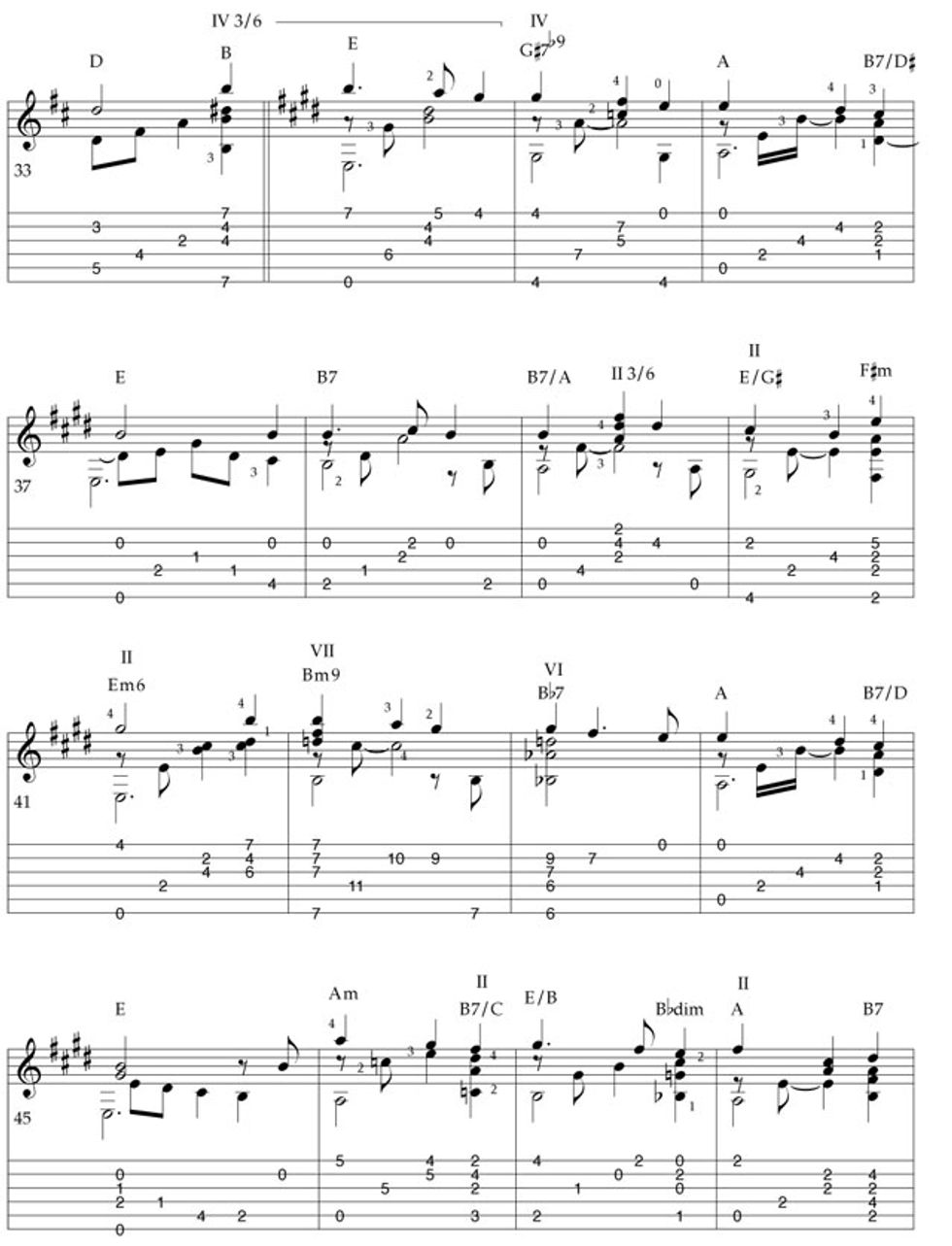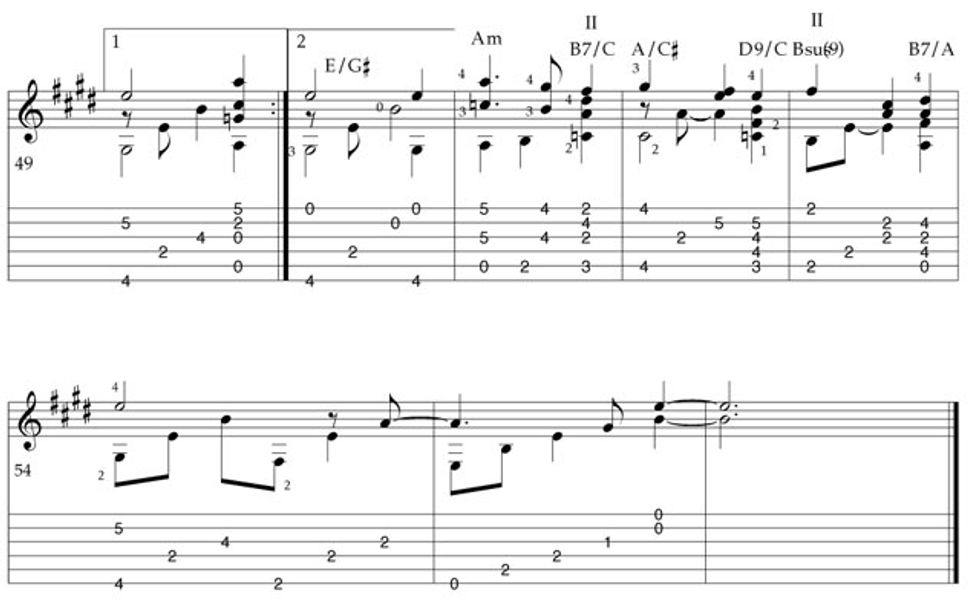When arranging a classic like “Away In a Manger,” we start with the advantage that the tune is well loved and deeply connected to our earliest memories of Christmas. I like taking the approach of just enough surprise without overwhelming the simple beauty. I have learned through experience, that just because you can, does not mean you should. After all, its not about an intellectual harmonic exercise, it’s about the music.
“Away in a Manger” is usually the first carol children learn. That’s no surprise considering the last line in the lyric, “Bless all the dear children in thy tender care and take us to heaven to live with thee there.” The entire lyric is beautiful. I suggest you read it and give it thought as you play “Away In a Manger".
The carol was first published in the Lutheran's Sunday school collection, Little Children’s Book For Schools and Families in 1885. The collection was edited by James Murray and set to the melody of “St. Kilda,” credited to J.E. Clark. The melody we know today is credited to William Kirkpatrick in 1895. The one fact we can count on is that the last stanza, “Be near me, Lord Jesus” was written by Charles Gabriel and first published in Gabriel’s Vineyard Songs in 1892.
I have listed a few bullet points about the arrangement that you may be interested in taking a look at.
• The basic chords are I–IV–V ( D, G, and A) Compare this to the chord symbols in the arrangement.I remember many a Christmas Eve playing carols late at night. I have never felt more connected to the music. I wish all of you a Merry Christmas and a blessed new year.
• The F#7 in measure three really functions as a D augmented. Often you’ll hear a D pedal bass note with a string line moving from the A to A#.
• Measure six is a split-bar of ii–V (E minor – A). The ii chord can always be inserted in front of the V. Often the ii is played as minor.
• Inner line movement can be found in measures 9, 26, 27, 37, and 45. Notice how long the line is in measures 25 and 26. The line leads from the 9th to root, major 7th, flat 7th, 6th and ends on the flat 6th.
• I’ve always liked the sound of the flat 7th in the bass. You’ll see an example of this in measure twenty-three.
• The #IV diminished chord is a common passing chord to the V chord. Take a look at measure twenty-eight.
• The E minor 6th in measure 30 leads to a C# half diminished. They are really the same chord just voiced another way. All minor 6th chords can be thought of as half diminished.
• Notice the vi–ii–V–I progression beginning on beat three of measure 31. The vi chord is often played in front of the ii chord.
• The B chord on the third beat of measure 33 sets up the key change to E.
• In measure 35, we have the G#7 again but this time it has a flat 9 included. This adds a bit of tension that is naturally released when you play the next measure.
• Close voice leading is always desired. Notice the bass line from measure 38 through 41.
• Take a look at measure 42. A minor V chord is a common substitution for the I chord leading to IV. Most often you will see (V minor – flat 5 dominant – IV ) In this case the chords are B minor – B flat 7 (flat 5) - A.
• Measure 46 supplies a bit of harmonic surprise when A minor is played in place of A major.
• Notice the C diminished on beat three of measure 46. This is like playing a B7 with a flat 9th in the bass. The root note (B) is not in the chord, but could be. This chord choice sets up a nice bass line leading into measures 47 and 48.
Download PDF - Download Audio













![Rig Rundown: Russian Circles’ Mike Sullivan [2025]](https://www.premierguitar.com/media-library/youtube.jpg?id=62303631&width=1245&height=700&quality=70&coordinates=0%2C0%2C0%2C0)


![Rig Rundown: AFI [2025]](https://www.premierguitar.com/media-library/youtube.jpg?id=62064741&width=1245&height=700&quality=70&coordinates=0%2C0%2C0%2C0)












